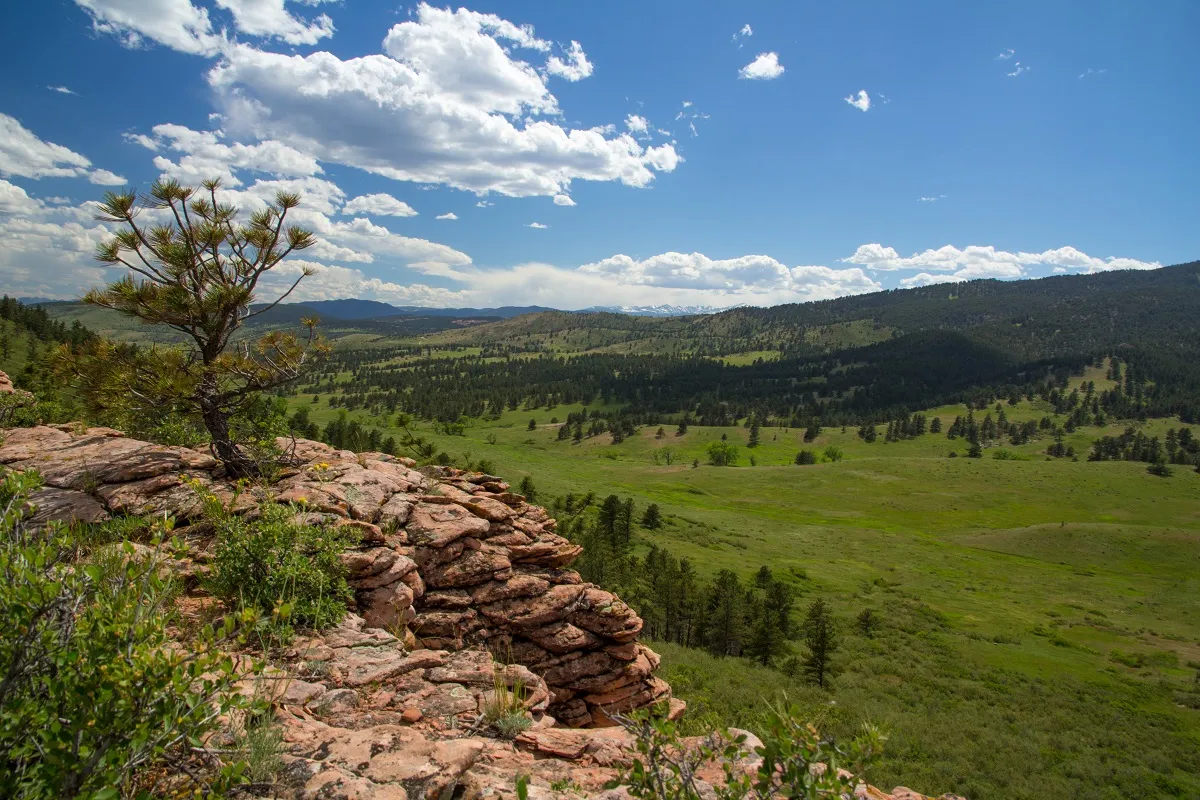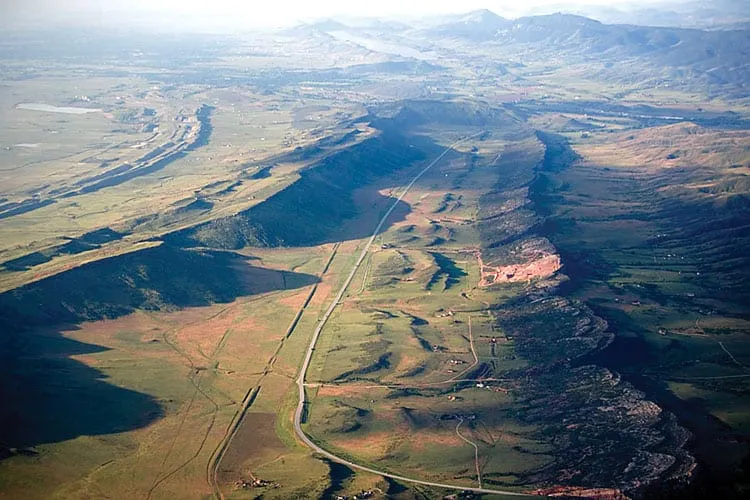Editorial: Managing water resources increasingly will challenge government, residents
It’s time for residents to pay attention.
Colorado’s growing population, frequent droughts, and potential for floods and wildfires mean that issues with water — supply, treatment, delivery, cost and quality — will dominate public discussion and news articles for decades to come.
Management of water resources already requires tough decisions on the part of all facets of society, from governments to businesses to residents. And the result could mean profound changes to our way of life.
SPONSORED CONTENT
Those issues and more were addressed July 26 at BizWest’s Confluence — Colorado Water Summit. Some takeaways:
• Prevention of floods — such as the devastating deluges of September 2013 — is not really possible. Rather, governments and water managers should learn from each experience and prepare as best they can for the next occurrence.
• Water prices will continue to escalate, with shares of the Colorado-Big Thompson Project now exceeding $70,000. That has an enormous impact on housing affordability, as costs work their way into housing prices.
• Those same price escalations will mean a transformation of agriculture, with a high percentage of water used statewide devoted to farming and ranching. But municipalities have been acquiring water rights — and in some cases, farms — with the intent to use that water for growing populations. Innovation in agriculture can help mitigate the loss of farmland, as farmers produce more crops with less acreage, but the transformation of the region will be profound nonetheless.
• Communities will face challenges in ensuring that the best agricultural lands are preserved for agriculture, with lands that are less-productive shifting to other uses. But a mechanism for such judgments will be difficult, given the state’s system of water rights and sales.
• Larger communities tend to have more-stable water portfolios, with some smaller communities struggling to acquire water, or provide for treatment and delivery to serve their towns. This has led to a state of “haves and have-nots,” with growth inevitably steering toward communities with healthy water portfolios, as well as treatment and delivery infrastructure.
• Although Colorado enjoyed a rainy spring, drought could return at any time, as can wildfires, which pose a risk to water quality.
• Many Colorado communities already are implementing new landscaping policies, promoting drought-tolerant vegetation rather than water-sucking lawns.
Additionally, Colorado’s system of water makes cooperation in areas such as messaging difficult. One community might be in a drought-induced water-restriction scenario, while a city or town next door might have no restrictions in place.
While water challenges already confront the state, signs of hope do exist, with various forums emerging to promote some level of cooperation among different water interests.
But residents at times seem oblivious to challenges with water supply. Conservation measures, and a shift in how we use water, will require their full attention and commitment, along with enormous willpower from different constituencies to develop sustainable solutions to water supply, treatment and delivery
It’s time for residents to pay attention.
Colorado’s growing population, frequent droughts, and potential for floods and wildfires mean that issues with water — supply, treatment, delivery, cost and quality — will dominate public discussion and news articles for decades to come.
Management of water resources already requires tough decisions on the part of all facets of society, from governments to businesses to residents. And the result could mean profound changes to our way of life.
Those issues and more were addressed July 26 at BizWest’s Confluence — Colorado Water Summit. Some takeaways:
• Prevention of floods — such as the devastating deluges of…




